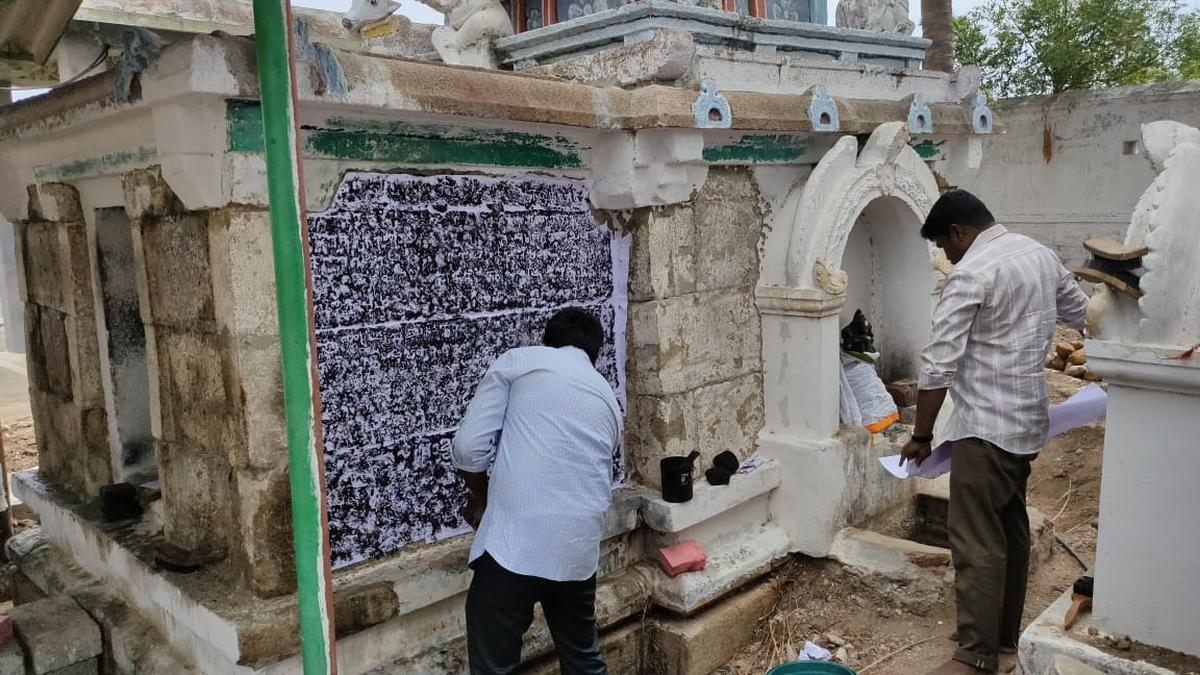Rapid Fire
ASI Copies Stone Inscriptions
- 05 Aug 2024
- 2 min read
The Archaeological Survey of India (ASI) has begun a project to copy stone inscriptions at the Thalishwarar temple in the Tiruppur district of Tamil Nadu.
- Estampage Method: It is a technique used by archaeologists to replicate inscriptions for analysis.
- The process involves cleaning the inscribed stone with a brush, applying pre-soaked maplitho paper onto the stone to transfer engravings, and then inking the paper to highlight the characters.
- After drying, details about the inscription's location are noted on the back of the sheet.
- These replicated inscriptions provide valuable insights into the lifestyles, economies, cultures, and administrative practices of historical rulers, allowing for a better understanding of dynastic history through corroboration with other historical sources.
- Inscriptions Identified: 8 inscriptions were discovered including one in Vattezhuthu (ancient Tamil script) from the 9th century and seven in Tamil from the 12th century. These inscriptions document the temple's construction by a Chera ruler (one of the 3 major dynasties in ancient Tamil Nadu, known for its contributions to art, architecture, and literature).
- The team recorded inscriptions from two hero stones (a memorial commemorating the honourable death of a hero in battle), an Ayyanar (a popular folk deity in South India) sculpture, and a Nandi (bull) sculpture near the temple.





